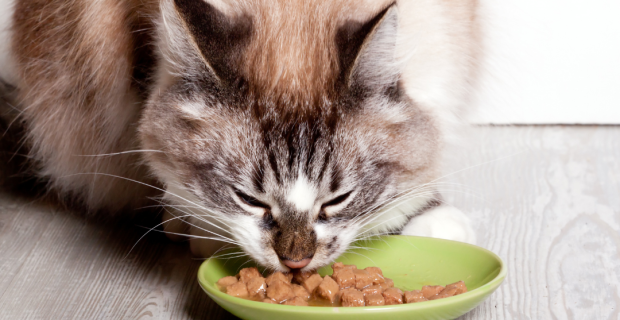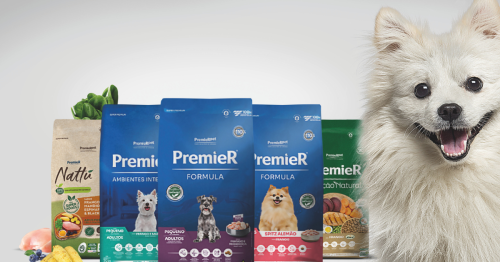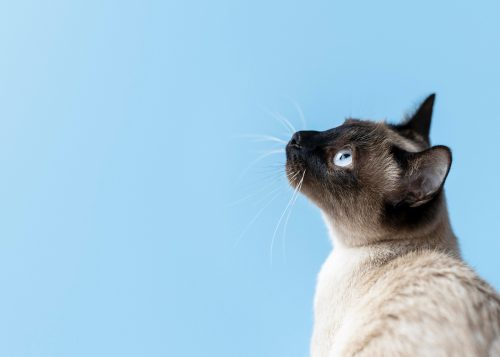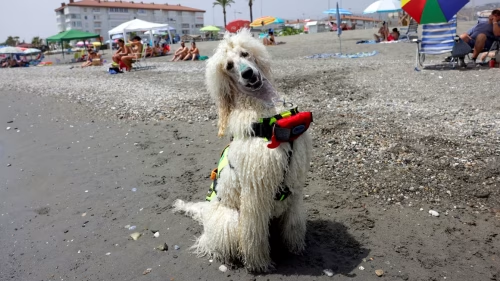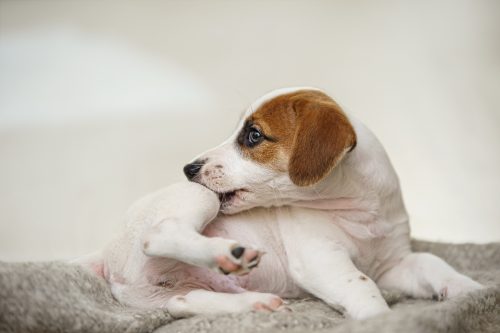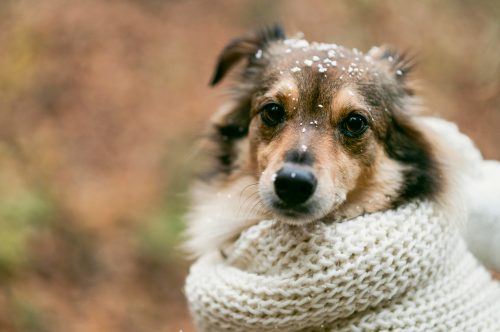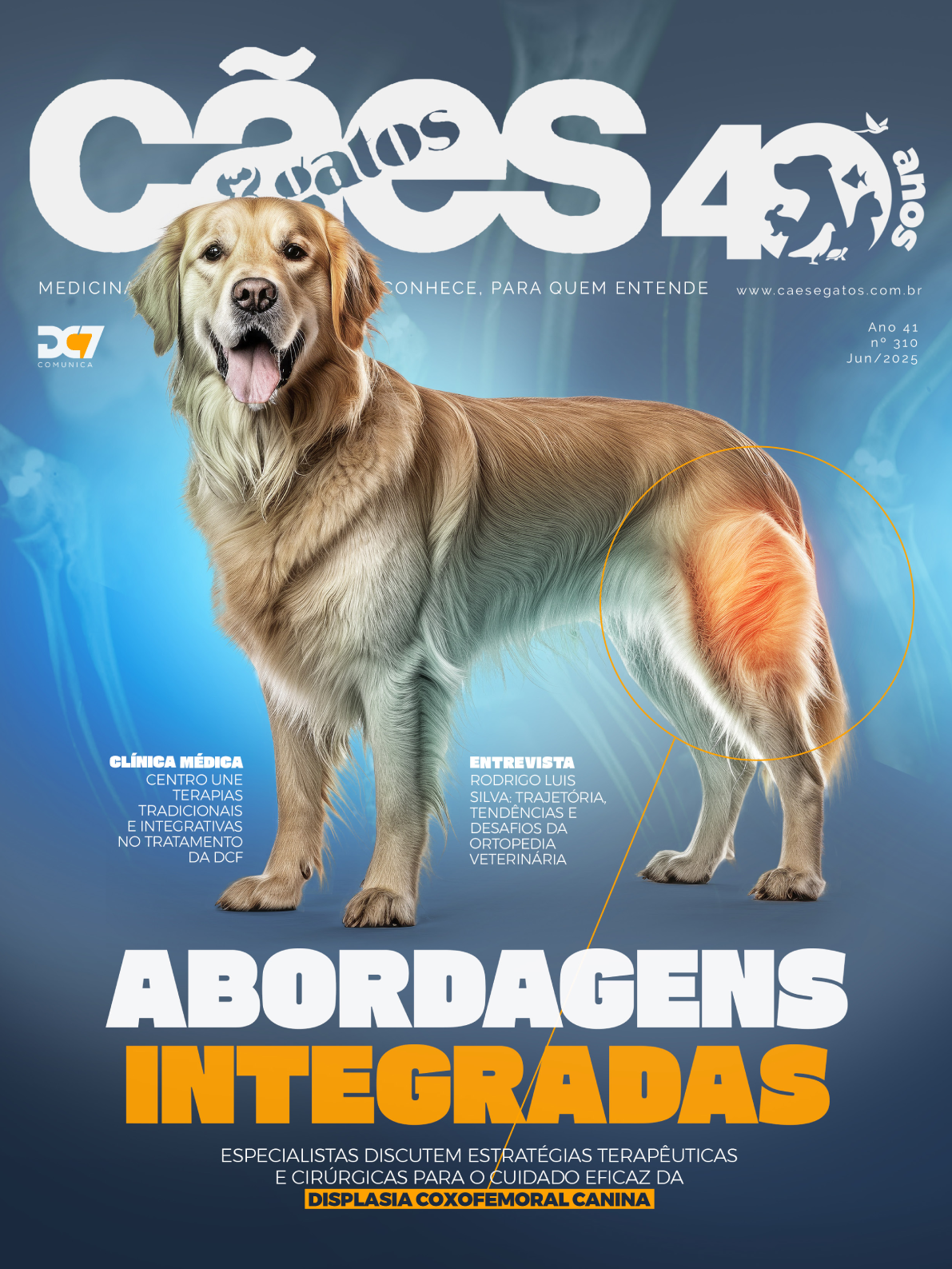O alimento úmido é aquele que, como o próprio nome diz, apresenta maior teor de umidade em sua composição. De acordo com a FEDIAF, os alimentos úmidos devem possuir um teor mínimo de 60% de umidade1 para entrarem nesta classificação. Este tipo de alimento é uma ótima alternativa no manejo nutricional do gato e do cão. Além de colaborar para uma dieta completa e balanceada, a inclusão do alimento com maior teor de água traz vários benefícios para a saúde do pet.
A textura diferenciada, característica do alimento úmido, contribui para aumentar a atratividade do alimento assim como servir de variedade no aroma. Estes dois fatores (textura e aroma) quando combinados oferecem uma elevada palatabilidade à dieta, sendo uma das principais vantagens da oferta de alimento úmido ao gato e cão.
Acesse o artigo completo na Edição 256, de dezembro da revista Cães&Gatos VET FOOD em caesegatos.com.br.
Abaixo as referências utilizadas pela autora:
FEDIAF – Guideline for Complete and Complementary Pet Food for Cats and Dogs 2016. Fédération Européenne de l’Industrie des Aliments pour Animaux Familiers, Brussels, Belgium.
Stevenson AE, Hynds WK, Markwell PJ. Effect of dietary moisture and sodium content on urine composition and calcium oxalate relative supersaturation in healthy miniature schnauzers and Labrador retrievers. Research in Veterinary Science. 2003;74:145-151.
Buckley CM, Hawthorne A, Colyer A, Stevenson AE. Effect of dietary water intake on urinary output, specific gravity and relative supersaturation for calcium oxalate and struvite in the cat. Br J Nutr. 2011 Oct;106 Suppl 1:S128-30.
Buckley C, Colyer A, Thomas G, Stevenson A. The effect of dietary format on urinary parameters in small breed dogs. The WALTHAM International Nutritional Sciences Symposium 2010 [Poster 62, abstracts page 118].
Markwell PJ, Buffington CA. Chew DJ, et al. Clinical evaluation of commercially available urinary acidification diets in the management of idiopathic cystites in cats. J Am Vet Med Assoc 1999:214(4): 361-365.
Morris, PJ, Calvert, EL, Holmes, KL, Hackett, RM and Rawlings, JM. (2006). Energy Intake in Cats as Affected by Alterations in Diet Energy Density. J. Nutr. 136: 2072-2074S.
WEI, A., FASCETTI, A. J., VILLAVERDE, C., WONG, R. K. & RAMSEY, J. J. 2011b. Effect of water content in a canned food on voluntary food intake and body weight in cats. Am J Vet Res, 72, 918-23.
Flanagan J, Feugier A, Vialle S. A means for differentiation of the degree of satiety of low-energy, high-fiber wet products in cats. Proc. of 17th Annual AAVN Clinical Nutrition and Research Symposium;National Harbor (USA); June 2017.
Flanagan J et al. Success of a weight loss plan for overweight dogs: the results of an international weight loss study. PLoS One 2017;12(9):e0184199.
Weber M et al, A high protein, high fiber diet designed for weight loss improves satiety in dogs, J Vet Intern Med 2007, 21, 1203-1208.
Bosch G, et al. the effects of dietary fibre type on satiety related hormones and voluntary food intake in dogs. British Journal of Nutrition (2009) 102: 318-325.
Case LP, Carey EP, Hirakawa DA.Canine and feline nutrition. A resource for companion animal professionals. St. Louis: Mosby. 1995. 455p.
German, A.J., Holden, S.L., Bissot, T., Morris, P.J., Biourge, V. (2010) A high protein high fibre diet improves weight loss in obese dogs. The Veterinary Journal 183, 294-297. DOI: 10.1016/j.tvjl.2008.12.004.
IPSOS – CAWI survey 2016 FR/500 cat owners. Purchasers of dry food in specialist circuits.

